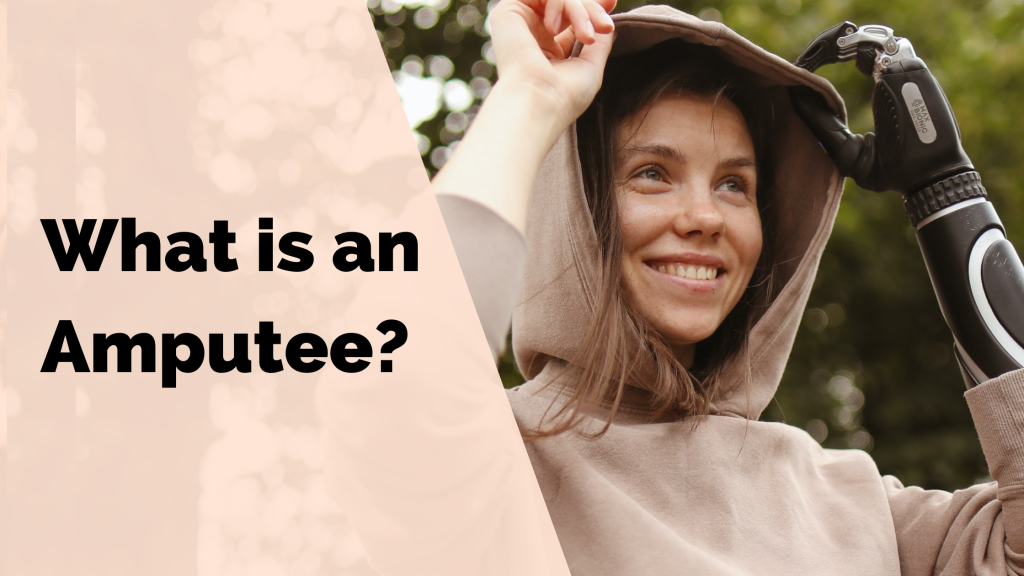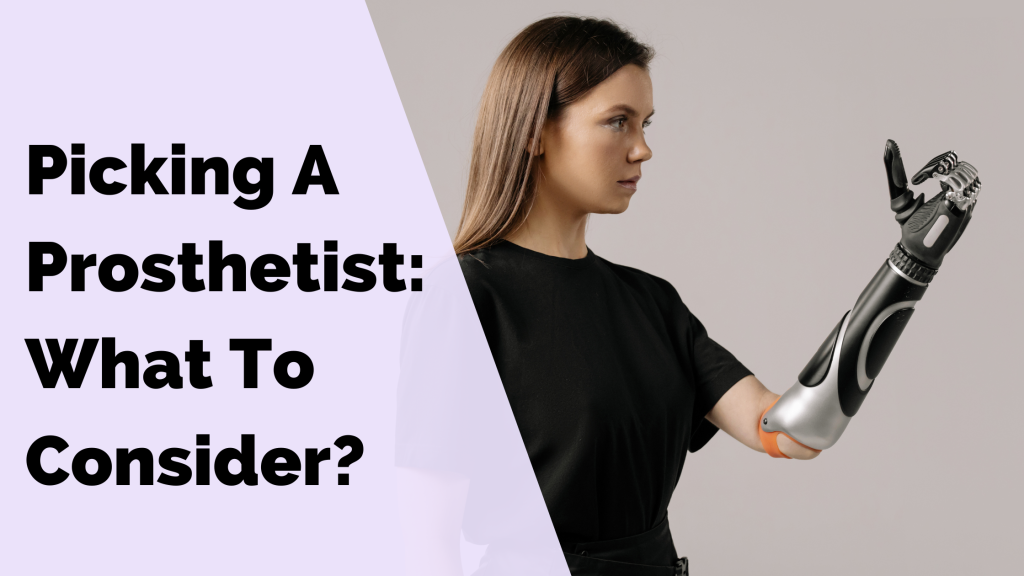Understanding Prosthetics: Meaning, Uses, and Guidance for New Amputees and Their Families
Embarking on the journey of living with a prosthetic can be overwhelming for new amputees and their families.
Understanding the prosthetic meaning, its uses, and the support available is crucial in adapting to this new phase of life.
This blog post aims to answer some common questions and provide helpful information.
However, you should always consult a doctor or prosthetic specialist before making any medical decisions.
What Does “Prosthetic” Mean?
“Prosthetic” refers to an artificial device designed to replace a missing part of the body. Prosthetics could be whole limbs down to a finger, nose, eye or other body part. In this post, we’ll be focusing on prosthetics for those who have experienced limb loss.
Prosthetics mostly help by helping individuals who have experienced limb loss by making everyday tasks easier, such as picking up a cup, walking or swimming. Some amputees use prosthetics for aesthetic reasons through lifelike limbs or something a little more out there..
These devices, tailored to each person’s unique needs, can offer physical support and also contribute significantly to psychological well-being. Modern prosthetics are marvels of engineering and design, often incorporating advanced materials and technology to mimic the natural movement of limbs as closely as possible. Their development is a continuous process driven by innovations aimed at improving comfort, control, and aesthetics, thus providing amputees with an invaluable tool for rehabilitation and a return to normalcy.
However, not everyone can or wants to use prosthetics. Some amputees have sensitivity issues around their residual limb or other issues that may cause them to not be able to use prosthetics. Others choose not to. Ultimately, it is down to the individual to decide what works best for them and their body based on the medical advice provided.
What Are the Common Uses of Prosthetics?
Prosthetics are primarily used to replace amputated limbs. They help in:
- Enhancing Mobility: For lower limb amputees, prosthetics aid in walking, running, and other movements.
- Improving Dexterity: Upper limb prosthetics restore the ability to grasp, hold, and manipulate objects.
- Aesthetic Purposes: Cosmetic prosthetics focus on appearance, resembling the missing limb’s natural look.
- Supporting Daily Activities: Prosthetics can be specialized for different activities like swimming or cycling.
How Do I Choose the Right Prosthetic?
Choosing the right prosthetic involves several factors:
- Type of Amputation: The level and type of amputation significantly influence the choice.
- Lifestyle Needs: Consider your daily activities and hobbies.
- Comfort and Fit: A well-fitted prosthetic is crucial for comfort and functionality.
- Expert Guidance: Consult with prosthetists and healthcare providers for personalized recommendations.
Are Prosthetics Covered by the NHS?
Yes, the NHS provides prosthetic services. They cover the assessment, fitting, and maintenance of prosthetics. You should be referred after your initial surgery, but if not, or you are new to the NHS, then speak to your GP.
Alternatively, there are private prosthetics clinics available to help you. Choosing the right prosthestic’s clinic is an important part of the process and due diligence should be undertaken.
How Long Does It Take to Adapt to a Prosthetic?
Adaptation time varies based on individual circumstances, including the type of amputation and the person’s overall health. Regular physiotherapy and rehabilitation are crucial in this process. Support from family, friends, and support groups also plays a significant role.
Conclusion
Adjusting to life with a prosthetic is a journey that involves learning, adapting, and overcoming challenges. Remember, you’re not alone in this journey. Utilize the resources and support available to make this transition as smooth as possible.

